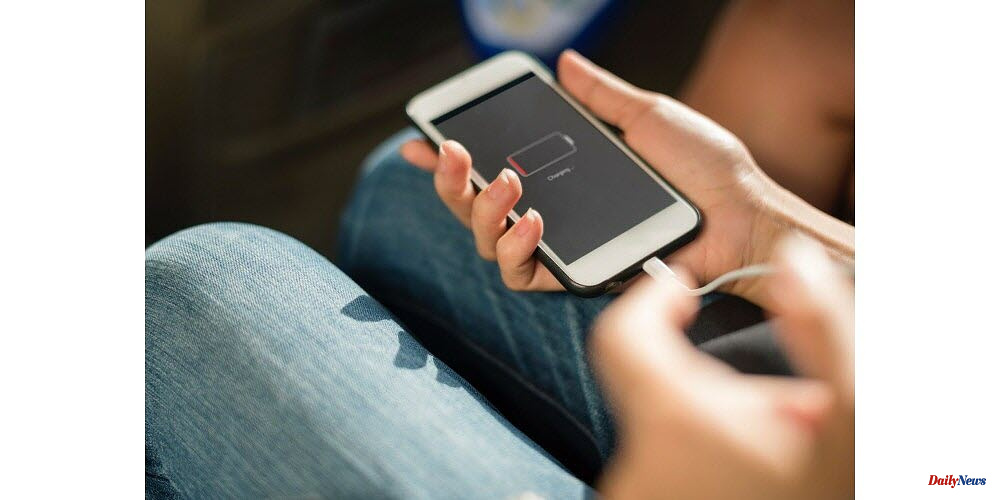How many Europeans have a drawer containing dozens of cables or wires that are piled up, tangled and remnants of old tablet or phone chargers? It is impossible to know, but it should be obvious that this horror of storage must soon cease.
On Tuesday, the 27 European Union member countries and the MEPs agreed to create a universal charger for tablets and smartphones by 2024.
What is going to change for consumers?
No one has ever had trouble finding a compatible charger for their phone at work or at parties. 38% of Europeans claim that they have never been able to charge their phone at least once because there are incompatible accessories. These memories will soon fade away.
Manufacturers will need to adapt their products to use USB-C sockets (see below) and to make them compatible with universal chargers. Under the Android system, Samsung, Xiaomi, and Huawei had all made the switch to USB-C. The giant Apple will be reluctant but it will delight all iPhone owners.
The European Union will be eliminating all current ports (Micro USB or Apple's Lightning), at least for the European Union.
The measure affects all small and medium-sized electronic devices: Smartphones, tablets, consoles, and digital cameras will all need a universal charger by fall 2024.
Android smartphone users will not see any changes, as the USB-C port has been adopted by them.
The European Parliament announced that laptops will be affected in a second phase by 2026.
It will be possible to charge both your Nintendo Switch console as well as your Android smartphone using the same cable in two years.
One strength of the USB-C port is its ability to transmit data and video streams, as well as energy, through one cable. The USB-C cable, like the Apple Lightning plug, can be used in either direction. It can carry an HDMI signal. This makes it almost as corny than its brothers, USB 2.0 or 3.0.
This USB port allows for fast charging technology (USB Power Delivery Technology). Fast charging systems vary between manufacturers. This technology will be standardized for all devices, and it will become the fastest wired charging speed.
Specialists estimate that this technology takes between 15 and 30 minutes to charge depending on the smartphone. This will allow consumers to reach a battery level 50 to 80%. This is a great advancement that will make life much easier. Manufacturers will have to include in their devices a greater battery power than 25W.
This will not only save space but also weight (think cabin baggage for low-cost flights). The universal charger will be a savings source for consumers: According to the European Commission, smartphone users would spend 2.4 billion euro each year on new chargers due to incompatibility.
Consumers could save as much as 250 million euros annually starting in 2024. An Apple charging cable costs on average between 20 and 40 euros at official retailers depending on its size. This does not include the power adapter. The average cost of the universal charger is yet to be determined.
On the European market, there are approximately 420 million electronic devices and chargers sold annually. The European Union has taken concrete steps to reduce electronic waste with this decision.
The average consumer uses only two chargers per day, while they have three. (...) The annual waste of chargers that are discarded or unused is approximately 11,000 tonnes. The European Commission estimates that a common charging solution would reduce this number by 1,000 tonnes."
Last but not least, manufacturers are now required to stop making the charging block (the well-known mains adapter), which will further reduce the number of electronic devices currently in circulation. The option will be available for purchase, so the consumer can choose from a variety of chargers. This completes the circle of the cable!












